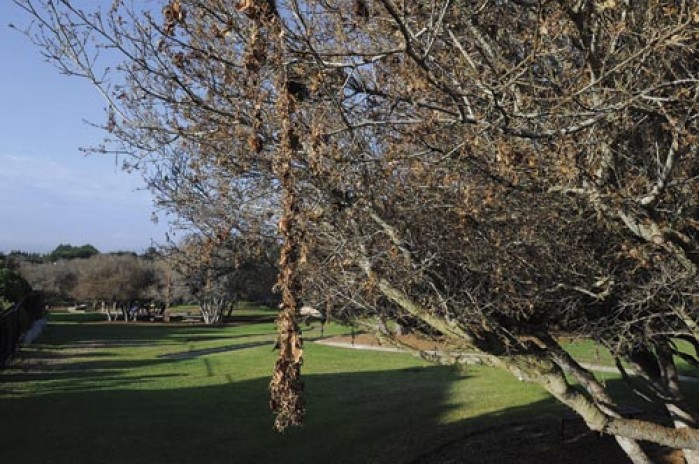
This poses challenges for their management because of how difficult it is to monitor, interpret and manipulate interactions that are being played out below the soil surface.

Most of the insect pests of turfgrass conduct some stage of their life underground. Navigating these stages toward improved pest management will also depend on how well we understand natural history, i.e., the associations among insects, the grasses they feed on, and the overall turfgrass habitat. Dealing With Cutworm DamageĮxcept in cases of full-blown or difficult infestations, it’s not advisable to use pesticides on your plants.The most effective and efficient pest management programs include (1) diagnosis – correct identification of the insect(s) involved (i.e., who or what are the culprits behind the problem), (2) decision-making – a systematic process to decide if control is necessary (i.e., whether the situation requires a response), and (3) intervention – selecting, targeting and integrating the most appropriate control tactics (i.e., when and where to apply a control in concert with other management techniques). If you’re able to identify these pellet-shaped droppings, it’s high time to take urgent steps to address the problem. Sometimes, you might find such droppings on leaves.

What do cutworm droppings look like? They’re mostly black and pellet-shaped.

With this, you’re certain that cutworms are present and actively destroying your plants.Īnother telltale sign of cutworm activity in your garden is droppings on the ground.

You might want to check the base of the plant for a better idea of what’s causing it to wilt.Ĭhances are that you’ll find stems that have been partially chewed or cut. This is observable at the top as affected plants begin to wilt. Even when the destructive action of cutworms at the base of plants isn’t complete, they may cause significant damage to the plant to cause it to wilt.


 0 kommentar(er)
0 kommentar(er)
